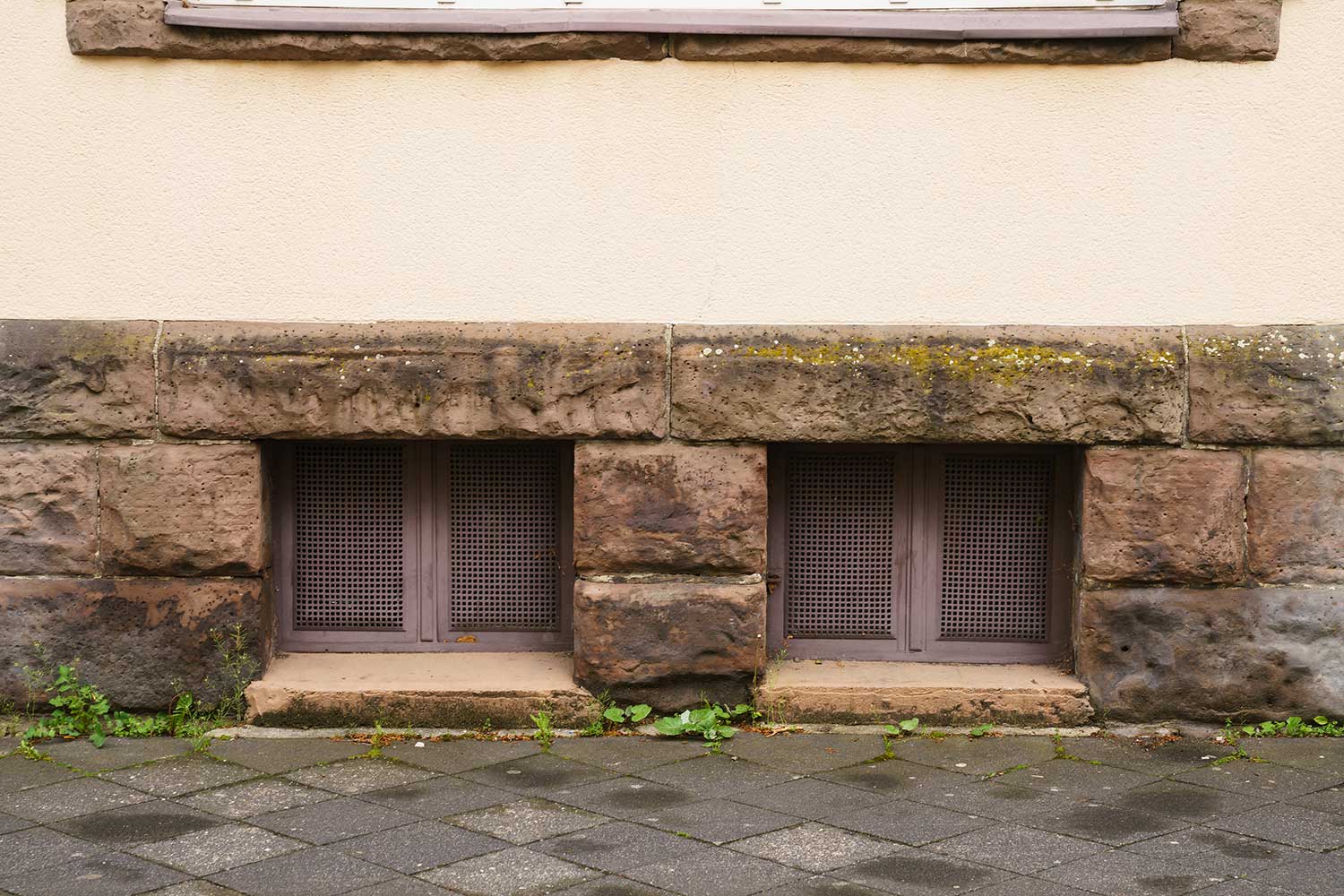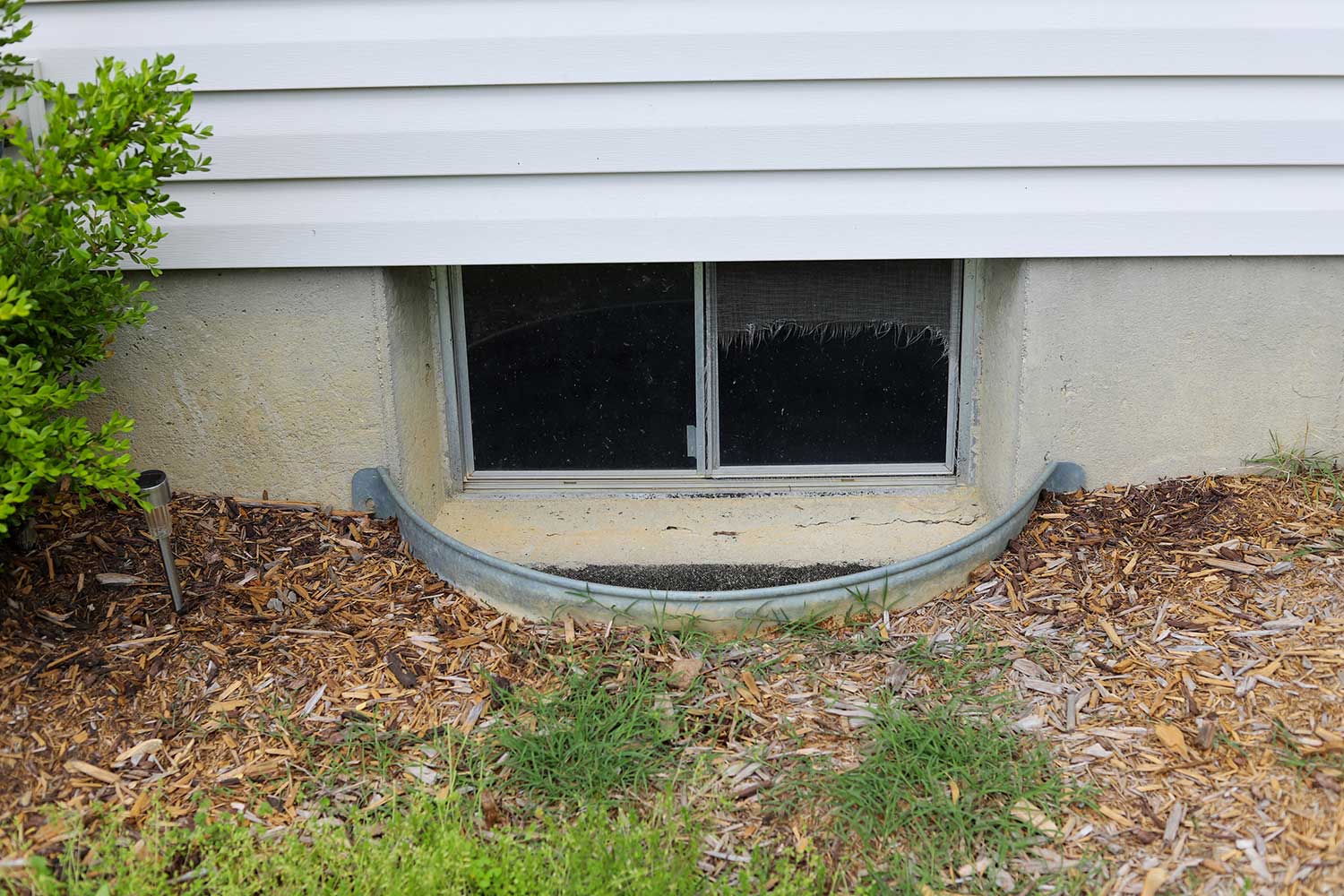Cold weather season is approaching. If your home isn't correctly insulated everywhere, you'll soon feel a draft when you go around your house. Even if you don't feel it, you may feel chilly air from the basement. That'll leave you wondering how to insulate your windows in the basement properly. Wonder no more. We've researched how to keep cold air out of basement windows for you.
One of the best short-term solutions is purchasing and installing a window insulation kit; you install it indoors and heat-shrink the plastics. Or, for a long-term option, you can buy storm windows; these fit right on top of your current windows.
Continue reading to learn more about keeping your home draft-free. By the end of this post, you'll be able to estimate the causes of drafts, have short-term and long-term solutions to fix them, and know how to protect your basement further. These tips will keep your heat and electricity bill at a reasonable cost.

How to Insulate Basement Windows
Here are the basic steps on how to insulate basement windows:
- Grab some double-sided tape, bubble wrap, and plastic film.
- Use scissors to cut the bubble wrap to the length of your window
- Apply tape to the window frame
- Stick the bubble wrap to the tape securely. Make sure no air lets through the tape or bubble wrap
- Cut plastic film one inch longer than the window frame
- To the best of your ability, securely cover the entire window frame
- Grab a heat source (hairdryer, hot fan, etc.) and aim it at the practice
- Keep aiming at it until the plastic shrinks enough to seal it
What Causes a Drafty Window?
Despite the warm, toasty heat circulating across your house, you notice a small chill as you pass a window. When you look at it, you don't see anything necessarily wrong with it. And now you're stuck wondering what's even causing the draft.
The cause of the draft is likely one of these three reasons:
Wear and Tear
It doesn't matter how high quality your windows are. Over several years, they will lose the weather protective strength that was present when you first got them. If you go too long without making minor repairs or replacements, those windows won't withstand the air too well.
As time passes, a component of a window will wear out. It can even be something as small as a tiny crack in the frame or worn weatherstripping. Air can travel through those very small openings, causing a light draft to enter your home.
You can have a professional home inspector check your window out. They'll look at their structural integrity and let you know if they're weak. Sometimes, the issue is solved by replacing the window's seal or weatherstripping. Other times, the whole window may need replacing.
Climate and Temperature Changes
Your windows will take on more pressure in environments that often experience rain. So if you live in a humid area, that excess water could seep through the windows' seals. Over time, that will let air into your home.
When the temperature makes significant changes, that will also affect the windows' material. The heat will cause some of the material in windows to expand, while the cold will cause them to contract.
When buying new windows, you need to consider their material quality. Cheaper windows will be more susceptible to the expanding and contracting from the weather. It would be best if you invest in windows with higher quality materials. According to Weather Shield, some good window materials include the following:
- Vinyl: durable, affordable, and low-maintenance. But you may not be able to paint it
- Fiberglass: slightly more costly but is more energy efficient. There's no need to worry about scratches
- Aluminum: structurally strong with a nice, modern look but isn't very heat efficient
- Quality wood: aesthetically appealing and boosts overall home value, but requires extra maintenance
- Clad: combines the benefits of wood with the durability of the other materials
Unaddressed Moisture
As mentioned earlier, living somewhere that rains a lot makes your windows prone to water seeping into the seal. When you notice condensation on your windows, wipe them dry.
Neglecting to do so may cause your windows to develop mold, depending on the material. That mold will slowly eat away at the material—especially rubber—if it's not addressed when spotted.
If it's only some mildew present, spray some vinegar or an alcohol solution on the area and scrub it off with a rag. If you notice mold, call a mold removal specialist; that mold could have spread elsewhere through the air.
Should I Cover my Basement Windows in the Winter?

In the wintertime, temperatures can fluctuate even when it's cold. Depending on the climate, it can be a low 40 degrees one day and freezing rain the next. That switch up in temperatures can lead to icy or damp windows. As stated earlier, that can impact the overall performance of your windows over time.
Since the basement is below ground level, water, snow, or ice can flow its way inside. Because that can mess up the integrity of those windows, protection is necessary.
One way to keep your basement warm and protected is to add insulation. Insulation is the stuff inside the walls to keep the heat and cold outside. But there is some insulation on the market specifically for windows. Simply spray the sealant around where the draft is coming from. When you need to remove it, just peel it off.
A decent insulation product you can look into is by Great Stuff:
Click here to view this product on Amazon.
For a short-term option, there's another way to cover your basement windows. We'll discuss that in the next section.
Does Putting Plastic on Your Windows Really Help?
Plastic may seem like a pointless attempt at keeping your basement windows insulated. But it can do some short-term good. Just keep in mind that it helps only temporarily; don't resort to any plastic as a long-term option.
Putting plastic is a great option to keep heat inside your basement until you get actual sealant or repairs. Bubble wrap, for example, can be plugged into a narrow gap in the window's foundation. Spray a little bit of water to help it stick to the surface.
A different kind of insulation product utilizes heat-shrink plastic. To use this, start by covering the entire window in this plastic; try to let out as much air as you can while you're applying it. Once it's securely placed, grab some heat source; most people use a blow dryer on high heat. Aim the heat on the plastic until it shrinks into the right fit.
Use of either plastic will block out all unwanted air until you fix the root of the problem. Don't rely on any plastic to last you all of winter. It will only keep your basement warm for so long.
What Should I put in my Basement Window Well?

Window wells are semi-circular barriers placed outside of basement windows. According to InterNACHI, window wells serve three purposes:
- To help bring some natural sunlight to your basement
- Be an emergency exit
- Prevent moisture to the windows
For a moment, let's focus on the third purpose: preventing moisture. In many weather conditions (heavy rain, snow, sleet, etc.), it won't block all of the moisture.
Because of this, you'll need a window well cover. The Window Bubble shares that these covers will protect your well—and your basement—from the harsh elements. If you live somewhere that's prone to flash floods, you'll need one of these. It will prevent water from flooding your basements.
From the inside, you can purchase some window covers or blinds. Because of how thick they are, they'll boost the efficiency of your home, especially your basement.
With a well cover and a thick curtain, you can ensure that your basement will stay dry and at proper temperature regardless of the outside weather.
In Closing
To keep your basement windows guarded, you need the most protection possible. That starts with a strong window foundation. If you want to keep the effects of weather out, good insulation and window well coverings are key.
If you found this post useful, feel free to glance through our advice from some of our other articles.

